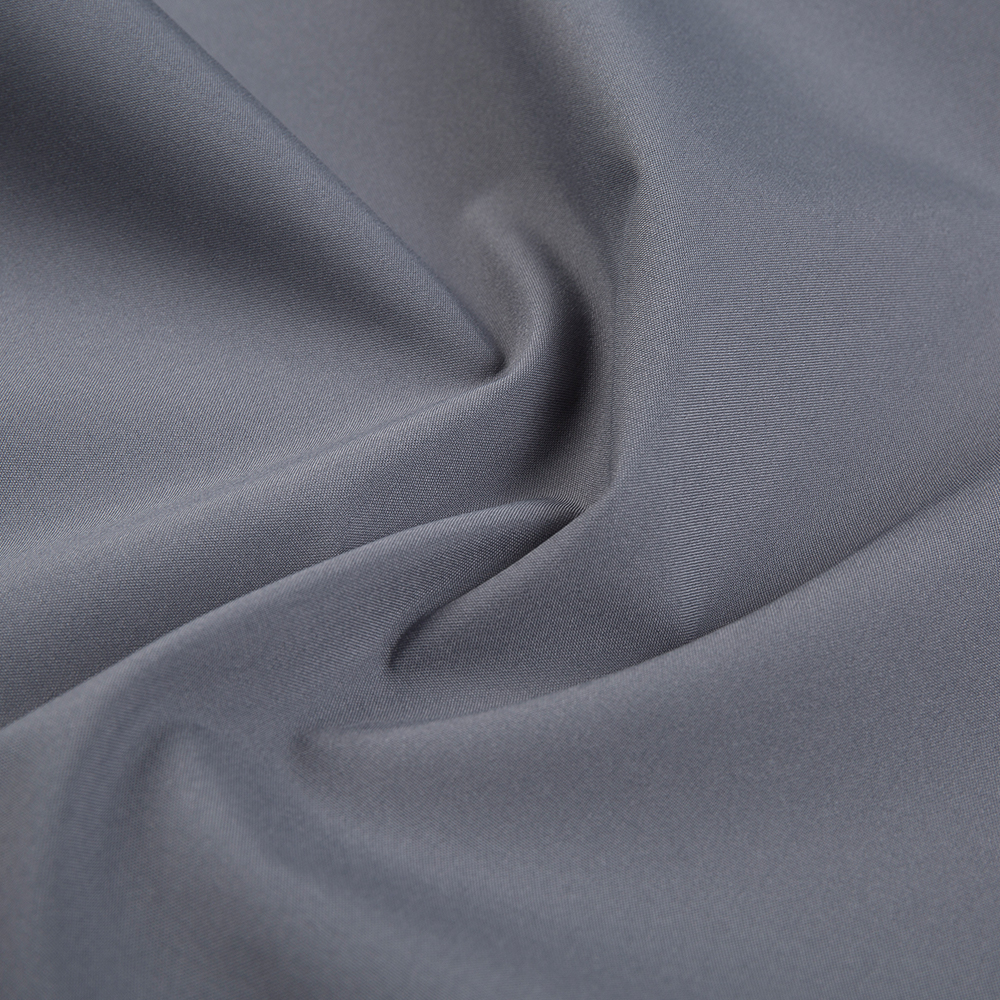Proper storage of your hardshell jacket or gear during the off-season is essential to maintaining its performance, longevity, and protective features. Here's the best way to store your hardshell gear when it's not in use:
Clean and Dry Thoroughly
Before storing your hardshell jacket or gear, make sure it is thoroughly clean and completely dry. Any moisture left in the fabric can lead to mildew or mold growth, which can damage the material and affect its performance.
Wash: Follow the care instructions for cleaning. Use a technical fabric cleaner to remove dirt, oils, and residues from the jacket or gear.
Dry: Hang the jacket in a well-ventilated area and ensure it is fully dry before storing it. Avoid drying it in direct sunlight or using heat sources like radiators, as this can damage the hardshell fabric and coatings.
Store in a Cool, Dry Place
Store your hardshell jacket or gear in a cool, dry environment, away from heat sources, humidity, and direct sunlight. Excessive heat and UV exposure can break down the fabric and waterproof coating over time.
Avoid extreme temperatures: Do not store your gear in areas that get too hot or too cold, such as attics or basements. Ideally, store it in a closet or a dedicated storage room where temperature and humidity levels are stable.
Avoid Compression
Never store your hardshell gear in a compressed state (e.g., in a tightly packed bag). Prolonged compression can damage the fabric, the waterproof membrane, and the DWR coating.
Use a garment bag or storage sack: If you're storing your jacket in a bag or sack, make sure it's roomy enough to allow the gear to retain its shape. Consider using a breathable garment bag, which will protect it from dust without causing compression.
Hang Properly
Hanging your hardshell jacket or gear is one of the best ways to store it. Use a wide, padded hanger to avoid distorting the shape of the jacket or stressing the fabric.
Use a hanger with wide shoulders: This helps prevent creases or distortion of the hardshell fabric, particularly around the shoulders or elbows.
Avoid hanging it by the zipper or Velcro straps: These areas can get damaged if too much weight is placed on them.

Keep Away from Sharp Objects or Harsh Chemicals
Ensure that your gear is stored away from anything that could cause physical damage, such as sharp objects or cleaning products that could damage the fabric’s waterproofing. Also, store it away from items like pet claws, nails, or rough surfaces that could cause tears.
Check the Condition Regularly
Before storing, check your hardshell gear for any damage, such as small tears or worn areas that might need repairs. If you notice any issues, it's best to repair them before storing the item to prevent further damage during storage.
Reapply DWR Coating if Necessary
Before long-term storage, check if the Durable Water Repellent (DWR) coating is still intact. If it's starting to wear off, consider applying a new coat of DWR treatment (such as Nikwax or Granger’s) to restore its waterproofing properties.
Avoid Plastic Bags
Avoid storing your hardshell jacket or gear in non-breathable plastic bags or containers, as they trap moisture and can lead to mildew or mold growth.
Use breathable storage options: Opt for cloth bags or garment bags made from breathable materials that allow air circulation.
Store Gear Without the Hood (If Detachable)
If your hardshell jacket has a removable hood, consider detaching it for storage. This prevents unnecessary pressure on the seams and zippers, and it can help the jacket retain its shape better.
Consider Using Cedar or Silica Gel Packs
To help absorb any residual moisture and prevent musty smells, you can place a silica gel pack or cedar wood block in the storage area. Cedar can also help repel insects that may try to nest in your gear.











